What is anaerobic digestion?
Anaerobic digestion is a transformative technology reshaping how we approach both waste management and renewable energy. This comprehensive guide delves into the intricacies of anaerobic digestion, exploring its processes, benefits, and applications, particularly in the context of the UK's growing emphasis on sustainable practices.
The Basics of Anaerobic Digestion
Anaerobic digestion (AD) is a biological process where microorganisms break down organic material in the absence of oxygen. This process, fundamental to anaerobic digesters, transforms waste into biogas and digestate, offering a plethora of environmental and economic benefits.
Understanding the Anaerobic Digestion Process
The anaerobic digestion process involves four key stages: hydrolysis, acidogenesis, acetogenesis, and methanogenesis. During these stages, complex organic materials are progressively converted into biogas, primarily composed of methane (CH4) and carbon dioxide (CO2). This process is central to the functioning of anaerobic digestion plants, where controlled conditions optimise these biological reactions.
Anaerobic Digestion in Agricultural Settings
Diversified Farm Revenue through Anaerobic Digestion
For many farms, anaerobic digesters offer a pathway to diversify revenue and improve resilience against market uncertainties. By converting manure into biogas and digestate, farms can generate income through 'tipping fees' as well as reducing cost from the application of digestate and not having to buy expensive fossil fuel derived fertilisers.
Conservation of Agricultural Land
Implementing anaerobic digestion in livestock facilities enhances soil health and water conservation. This sustainable approach ensures that nutrients are efficiently recycled, benefiting both the environment and agricultural productivity.
Anaerobic Digestion and Rural Economic Growth
Job Creation and Local Economic Benefits
The construction and operation of anaerobic digestion plants create local employment opportunities and stimulate economic growth. This involves a range of expertise from engineering to skilled labour, fostering a vibrant, localised economy.
Energy Independence and Anaerobic Digestion
Achieving On-Farm Energy Independence
Anaerobic digestion can enable farms to become energy independent, reducing reliance on external utilities. Biogas from manure digesters can be used for various on-farm energy needs, contributing to a more sustainable agricultural sector.
Contributing to the Local Grid
Beyond self-sufficiency, anaerobic digestion facilities can supply renewable energy to local grids, supporting broader energy demands with sustainable solutions.
Sustainable Food Production through Anaerobic Digestion
Enhancing Nutrient Recycling and Crop Yield
Anaerobic digestion plays a crucial role in sustainable food production by improving nutrient recycling and crop yields. This efficient use of resources contributes to a more sustainable food system, lessening the environmental impact.
Integrating Food Waste Management
Anaerobic digesters can process food waste, reducing landfill contributions and improving the overall efficiency of the digestion process. This approach exemplifies the circular economy, where waste is repurposed beneficially.
Strengthening Farm-Community Relationships
Odour Reduction and Community Acceptance
By reducing odours and environmental impacts, anaerobic digesters can improve farm-community relations, fostering a positive environment for agricultural expansion and public engagement.
Educational Opportunities and Public Engagement
Many farms utilise their anaerobic digestion facilities as educational tools, offering tours and insights into sustainable farming practices. This engagement bridges the gap between farmers and the wider community, enhancing mutual understanding.
Anaerobic Digestion: Beyond the Basics
Anaerobic Digestion vs Gasification
While anaerobic digestion involves breaking down biodegradable material without oxygen, gasification is a different process where organic material is converted into syngas using high temperatures. Both processes have their unique applications and benefits in renewable energy production. Gasification is not carried out at anaerobic digestion facilities.
The Future of Anaerobic Digestion Technology
Advancements in anaerobic digestion technology continue to enhance efficiency and applicability. Innovations in this field are pivotal in addressing the challenges of renewable energy and waste management, particularly in the context of the UK's commitment to sustainable practices.
Conclusion
Anaerobic digestion represents a significant step towards sustainable waste management and renewable energy. Its application across various sectors, particularly in agriculture and waste management, demonstrates its versatility and potential in contributing to a greener future. As we continue to explore and innovate within this field, the role of anaerobic digestion in achieving environmental goals and fostering sustainable communities becomes increasingly apparent.
